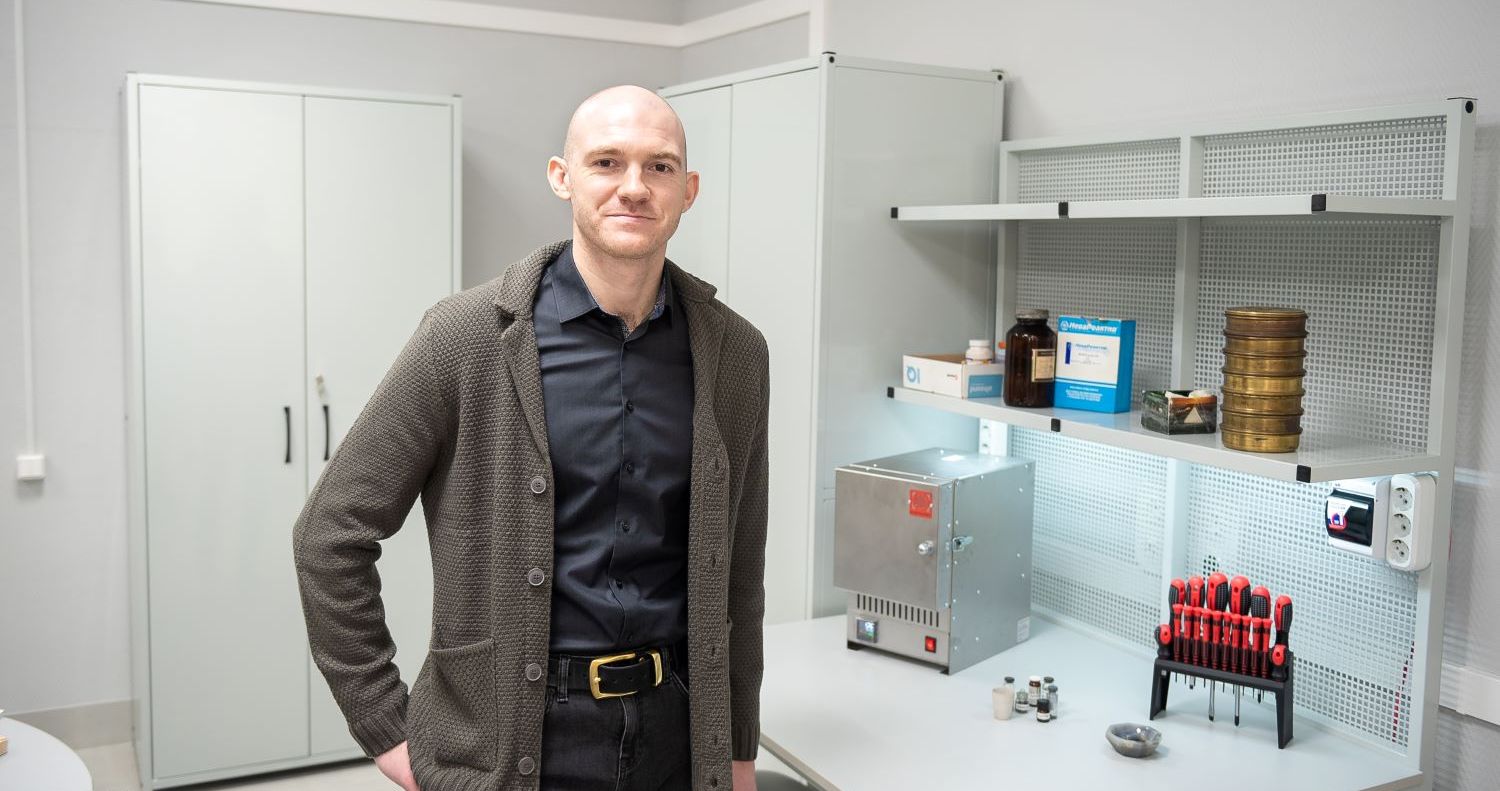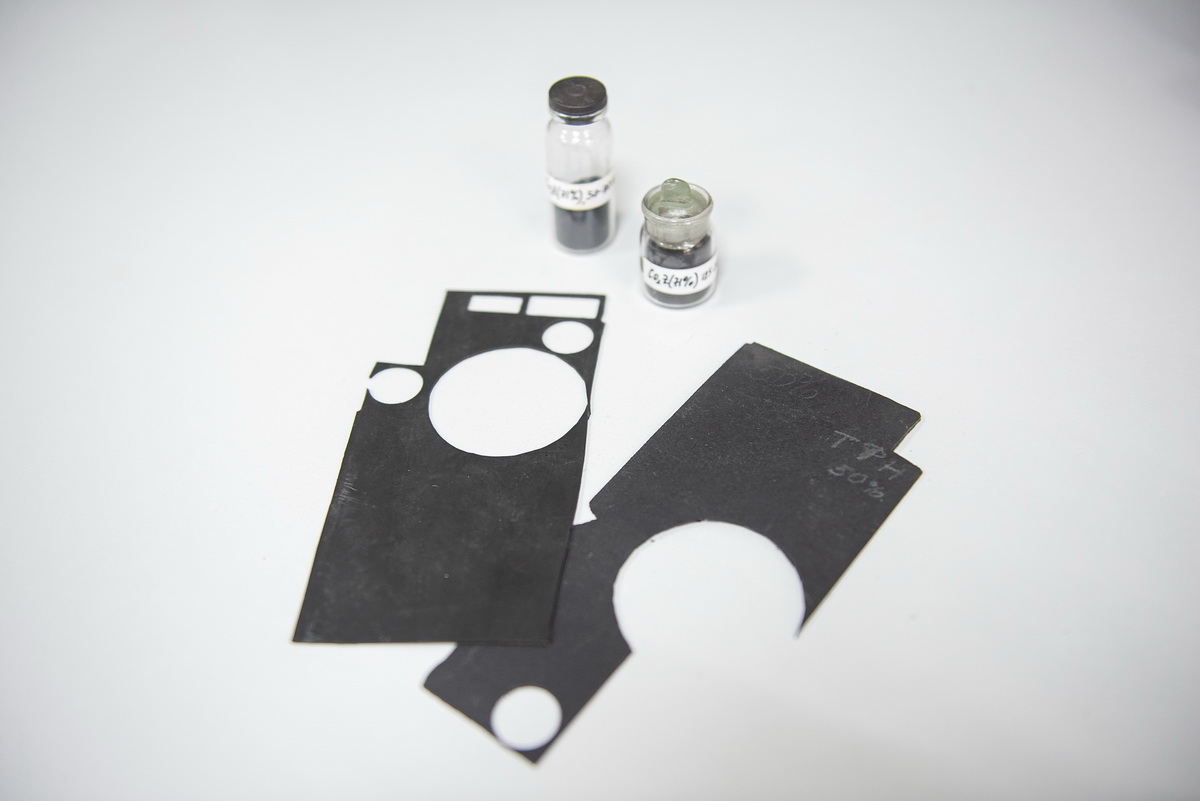Tomsk State University radiophysicists have developed new composite materials that can absorb byproducts of electromagnetic radiation (EMR) more effectively. The new ferrite-based composites absorb 70% of EMR in the frequency from 6 to 18 GHz and can be used as a covering for radio-electronic equipment — antennas and antenna radomes, routers, and radio stations, because electromagnetic fields of these things negatively impact other equipment within their radius of action.
Improved composites are designed for use in modern machinery that must meet modern Electromagnetic compatibility standards for electromagnetic compatibility.

Ferrite is ferrimagnetic material that consists of iron oxide and oxides of various metals. The required composition of ferrite can be obtained by optimally selected synthesis conditions, and a composite material for specific technical tasks can be produced from it. TSU radiophysicists have developed a modified ceramic method of ferrite synthesis that enabled the manufacture of composites with improved characteristics.

“We plan to create multicomponent composite materials to expand their areas of application in the future, so we will cooperate with employees of the TSU Faculty of Chemistry, who have experience in implementing more complex synthesis methods,” said Dmitry Vagner.